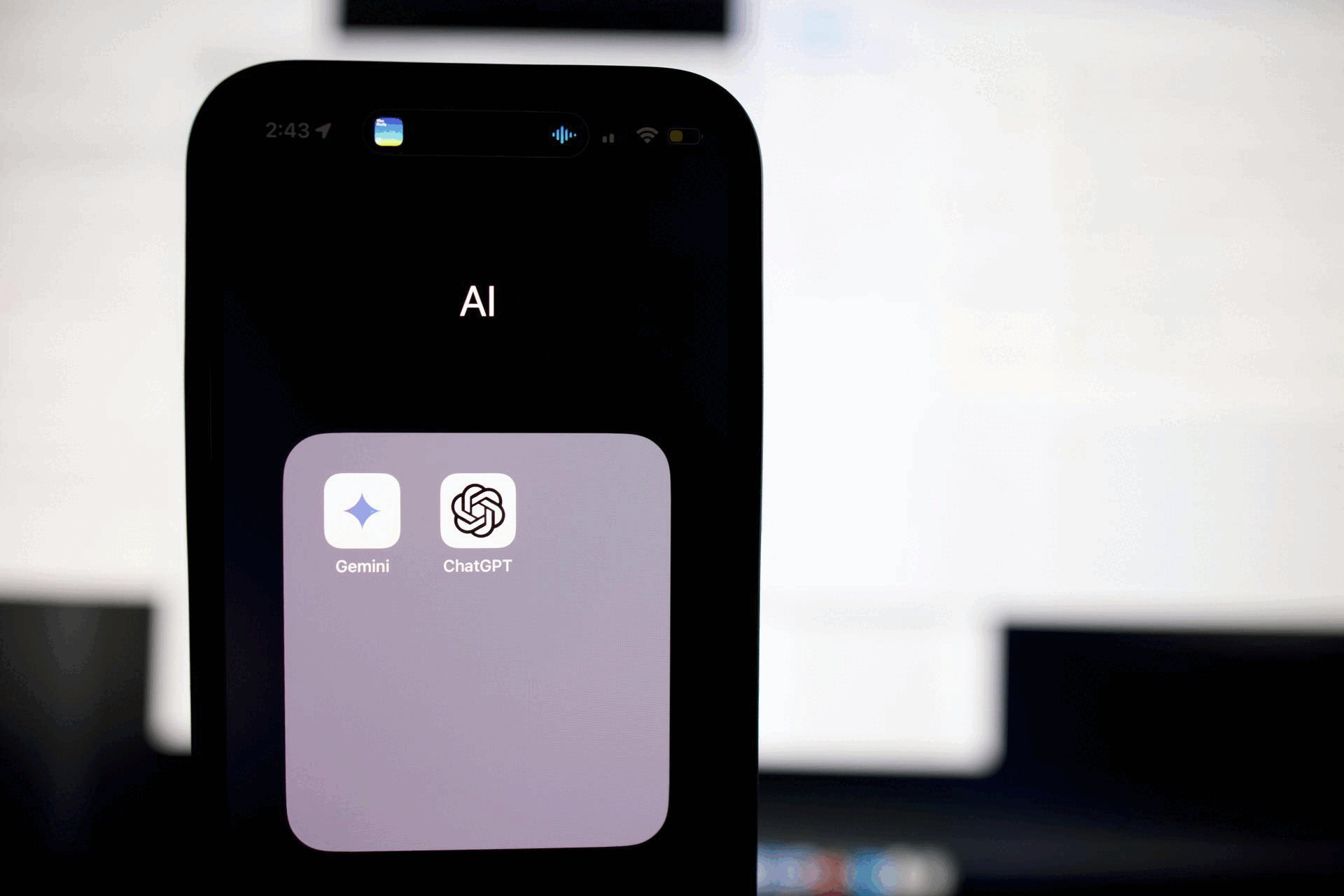Bluetooth SIG Adopts Low Energy Technology
- Monday, December 21st, 2009
- Share this article:
The Bluetooth Special Interest Group (SIG) has announced the adoption of Bluetooth low energy wireless technology, which is the hallmark feature of the Bluetooth Core Specification Version 4.0. The organization says that as an enhancement to the specification, Bluetooth low energy technology opens entirely new markets for devices requiring low cost and low power wireless connectivity. It adds that many markets, such as healthcare, sports and fitness, security, and home entertainment, will be enhanced with the availability of small coin-cell battery powered wireless products and sensors now enabled by Bluetooth wireless technology.
With (this) announcement the race is on for product designers to be the first to market, says Bluetooth SIG Executive Director, Michael Foley. Bluetooth low energy modules for all sorts of new products may now be qualified this is an important step towards our goal of enabling new markets with Bluetooth wireless technology. For example, the Continua Health Alliance has already selected Bluetooth low energy as a transport for the next version of its guidelines.
Bluetooth low energy wireless technology, the hallmark feature of the V4.0 Bluetooth Core Specification, features:
- Ultra-low peak, average and idle mode power consumption
- Ability to run for years on standard coin-cell batteries
- Low cost
- Multi-vendor interoperability
- Enhanced range
This enhancement to the Bluetooth Core Specification allows two types of implementation, dual-mode and single-mode. In a dual-mode implementation, Bluetooth low energy functionality is integrated into an existing classic Bluetooth controller. The resulting architecture shares much of classic Bluetooth technologys existing radio and functionality, resulting in a minimal cost increase compared to classic Bluetooth technology. Additionally, manufacturers can use current classic Bluetooth (Bluetooth V2.1 + EDR or Bluetooth V3.0 + HS) chips with the new low energy stack, enhancing the development of classic Bluetooth devices with new capabilities.
Single-mode chips, which will enable highly integrated and compact devices, will feature a lightweight Link Layer, providing ultra-low power idle mode operation, simple device discovery, and reliable point-to-multipoint data transfer with advanced power-save and secure encrypted connections at the lowest possible cost. The Link Layer in these controllers will enable Internet-connected sensors to schedule Bluetooth low energy traffic between Bluetooth transmissions.
















